
Among the various types of Italian wines, white wines hold a special place, offering a diverse range of flavors, aromas, and styles. This guide will introduce you to the world of Italian white wines, highlighting key regions, popular varieties, and tips for enjoying these delightful beverages.
- What Is White Wine?
- Differences Between White, Red, and Rosé Wines
- The Winemaking Process
- Key Italian White Wine Regions
What Is White Wine?
White wine is made from the fermentation of grape juice without the skins, resulting in a lighter color and flavor profile compared to red wines. The primary grape varieties used in white wine production can vary significantly from region to region in Italy, leading to a wide array of tastes and characteristics.
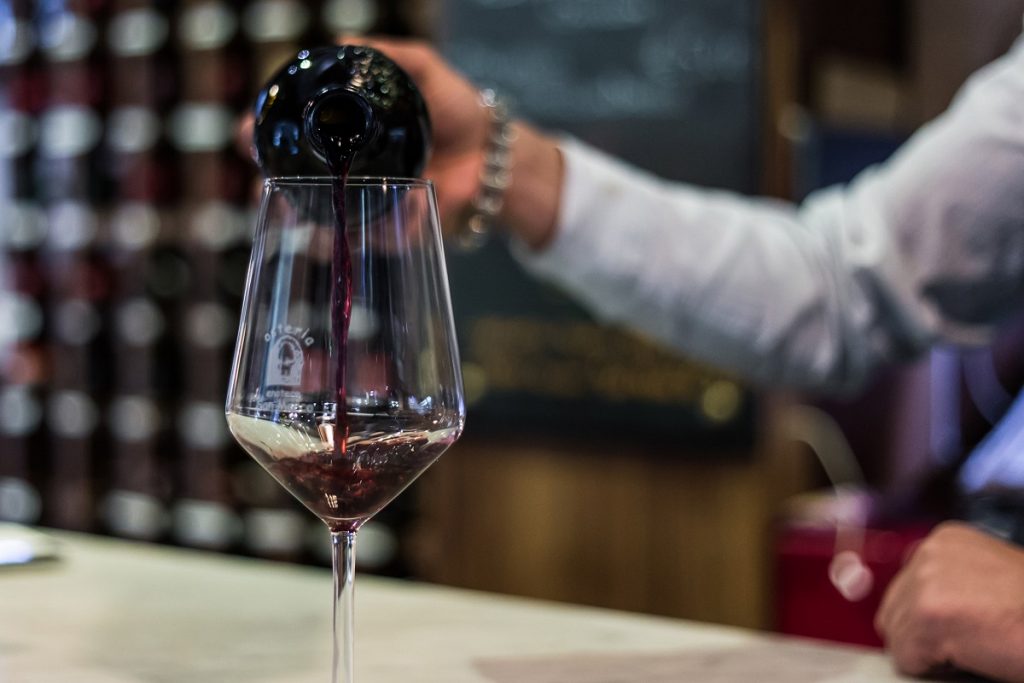
Italy’s Vineyard Stays: A Journey Through Tastings and Wine Bars
Whether you are looking for an in-depth exploration of viticulture through a guided vineyard tour or a casual evening at a chic wine bar, Italy offers a spectrum of experiences that promise to enrich your understanding and appreciation of wine. The blend of stunning landscapes, historical nuances, and a ceaseless passion for wine makes Italy a top destination for wine lovers around the world.
Differences Between White, Red, and Rosé Wines
- White Wine: Typically lighter and crisper, white wines can range from dry to sweet. They are often served chilled and pair well with seafood, poultry, and fresh salads.
- Red Wine: Made from dark-skinned grape varieties, red wine is fermented with grape skins, giving it a deeper color and richer flavor. Red wines are generally served at room temperature and complement red meats and hearty dishes.
- Rosé Wine: Rosé is produced by allowing grape skins to have brief contact with the juice before fermentation. It combines characteristics of both red and white wines, offering a refreshing option that pairs well with a variety of foods.
The Winemaking Process
The winemaking process for white wine typically involves several key steps:
- Harvesting: Grapes are picked at their optimal ripeness.
- Pressing: Grapes are crushed to extract juice while separating it from the skins.
- Fermentation: Yeast is added to the juice to convert sugars into alcohol.
- Aging: White wines may be aged in stainless steel tanks or oak barrels, depending on the desired flavor profile.
- Bottling: Once aged, the wine is filtered and bottled for distribution.
Key Italian White Wine Regions
Italy boasts numerous regions known for producing exceptional white wines. Here are some of the most notable.
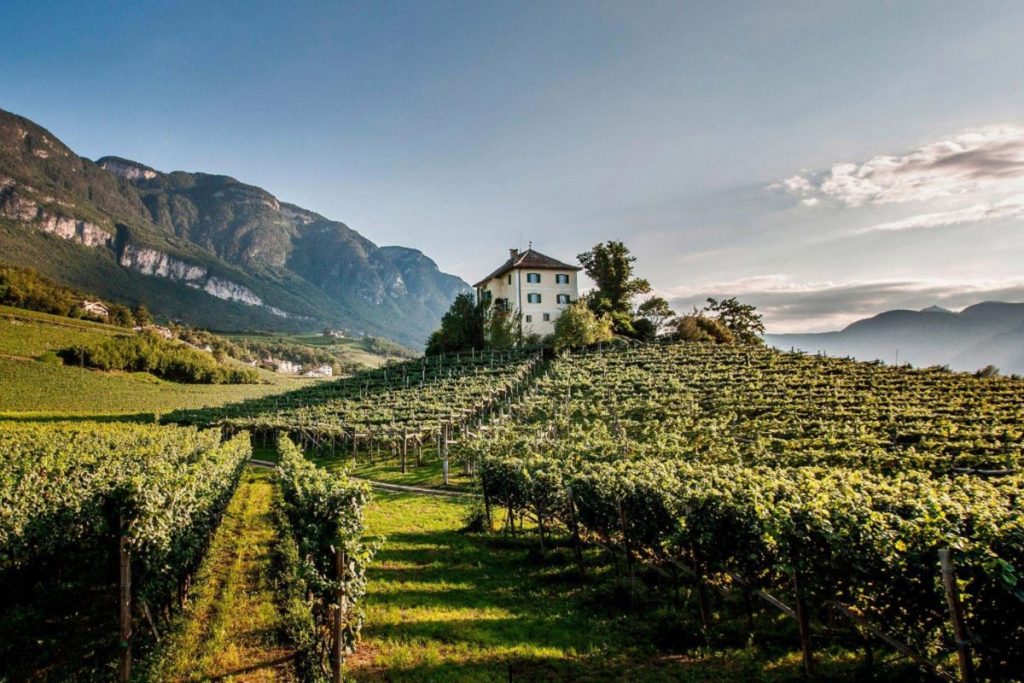
Italy’s Wine Regions: A Journey Through Vineyards and Tastings
Dive into unique flavours, prestigious estates, and wine-tasting holidays for an immersive cultural and gastronomic journey.
Soave
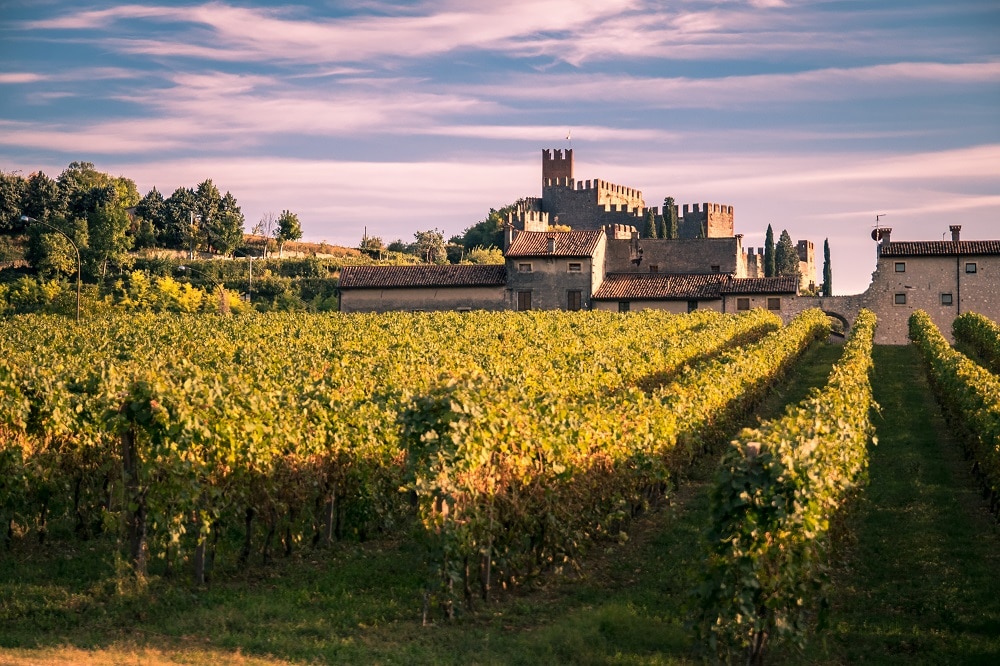
Located in the Veneto region, Soave is one of Italy’s most famous white wines made primarily from the Garganega grape. It is known for its crisp acidity and floral notes, making it an excellent pairing with seafood dishes.
Trebbiano
Widely cultivated across Italy, Trebbiano is known for its versatility. It produces crisp white wines that are often used in blends or as base wines for other styles. Trebbiano di Soave is particularly noteworthy.
Vermentino
This aromatic grape variety thrives in coastal regions such as Liguria and Sardinia. Vermentino produces refreshing white wines with citrus and herbal notes, making it an ideal match for Mediterranean cuisine.
Vernaccia di San Gimignano

This historic Tuscan wine is made from the Vernaccia grape and has been produced for centuries. Vernaccia di San Gimignano features a distinctive minerality and floral aroma, making it a favorite among locals.
Falanghina
This ancient grape variety thrives in Campania and produces aromatic white wines with floral notes and refreshing acidity. Falanghina pairs well with seafood and light pasta dishes.
Gavi
Hailing from Piedmont, Gavi is made from the Cortese grape. It offers bright acidity and flavors of green apple and citrus. Gavi pairs beautifully with light pasta dishes and seafood.
Malvasia
A fragrant grape variety found in various regions across Italy, Malvasia produces aromatic white wines that can range from dry to sweet. It is often enjoyed as a dessert wine or paired with spicy dishes.
Prosecco
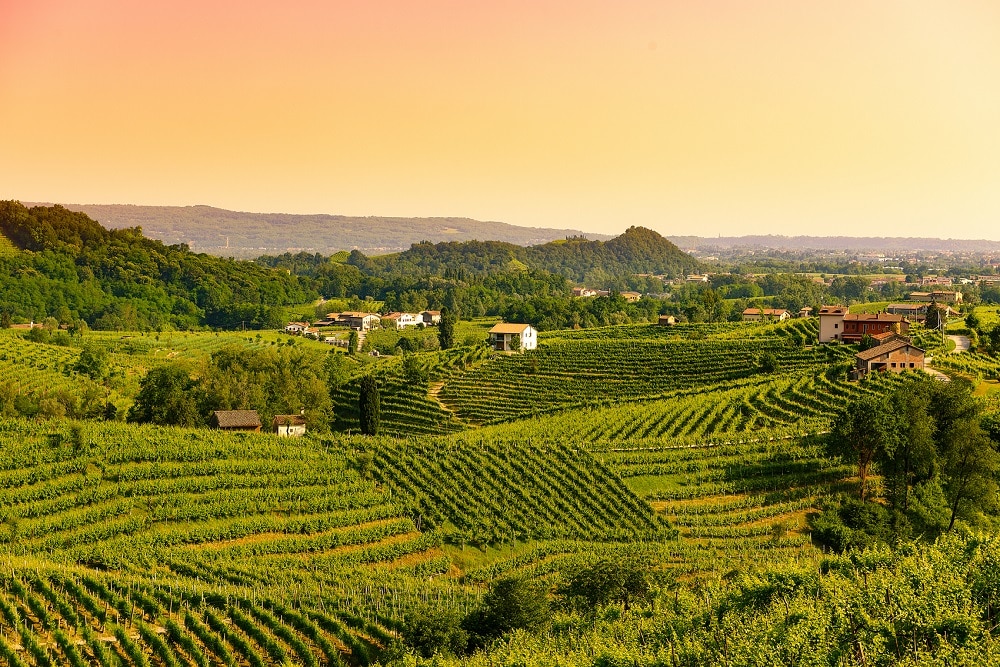
Also from Veneto, Prosecco is a sparkling white wine made from the Glera grape. Its light, fruity flavor profile makes it perfect for celebrations or as an aperitif. Prosecco has gained immense popularity worldwide
Pinot Grigio
This popular variety has gained international acclaim for its crispness and refreshing qualities. Originating from northeastern Italy, particularly Friuli-Venezia Giulia, Pinot Grigio typically features notes of pear and green apple.
Fiano
Another gem from Campania, Fiano produces rich white wines with notes of honey, nuts, and tropical fruits. It is often considered one of Italy’s finest white varieties.
Chardonnay
Though originally a French variety, Chardonnay has found great success in Italy as well. Italian Chardonnays can vary widely in style but often exhibit flavors of apple, melon, and vanilla when aged in oak barrels.
Verdicchio
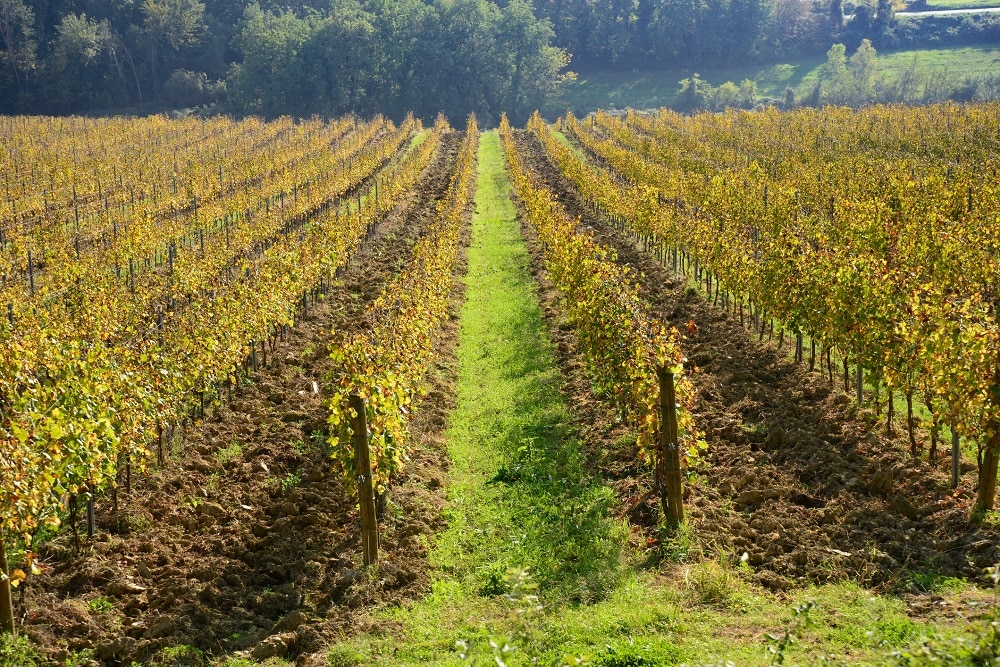
Produced in the Marche region, Verdicchio is known for its vibrant acidity and complex flavor profile that includes hints of almond and citrus. It is often enjoyed alongside fish dishes.Moscato e SauvignonMoscato is known for its sweet flavor profile with floral notes, while Sauvignon Blanc offers herbaceous characteristics along with citrus flavors. Both varieties are widely enjoyed across Italy.GrilloPrimarily grown in Sicily, Grillo is known for its bright acidity and citrus flavors. This versatile grape variety is often used to produce both still and sparkling wines.
Moscato e Sauvignon
Moscato is known for its sweet flavor profile with floral notes, while Sauvignon Blanc offers herbaceous characteristics along with citrus flavors. Both varieties are widely enjoyed across Italy.
Grillo
Primarily grown in Sicily, Grillo is known for its bright acidity and citrus flavors. This versatile grape variety is often used to produce both still and sparkling wines.
In conclusion, the world of Italian white wine is vast and fascinating, rich in history, traditions, and unique flavors. From the sparkling bubbles of Prosecco to more structured and complex wines like Verdicchio, each region offers a different and satisfying sensory experience. Whether you are an expert sommelier or a simple enthusiast, exploring the diversity of Italian white wines is a journey worth taking, an opportunity to discover new pairings and celebrate the richness of our country’s wine heritage.





